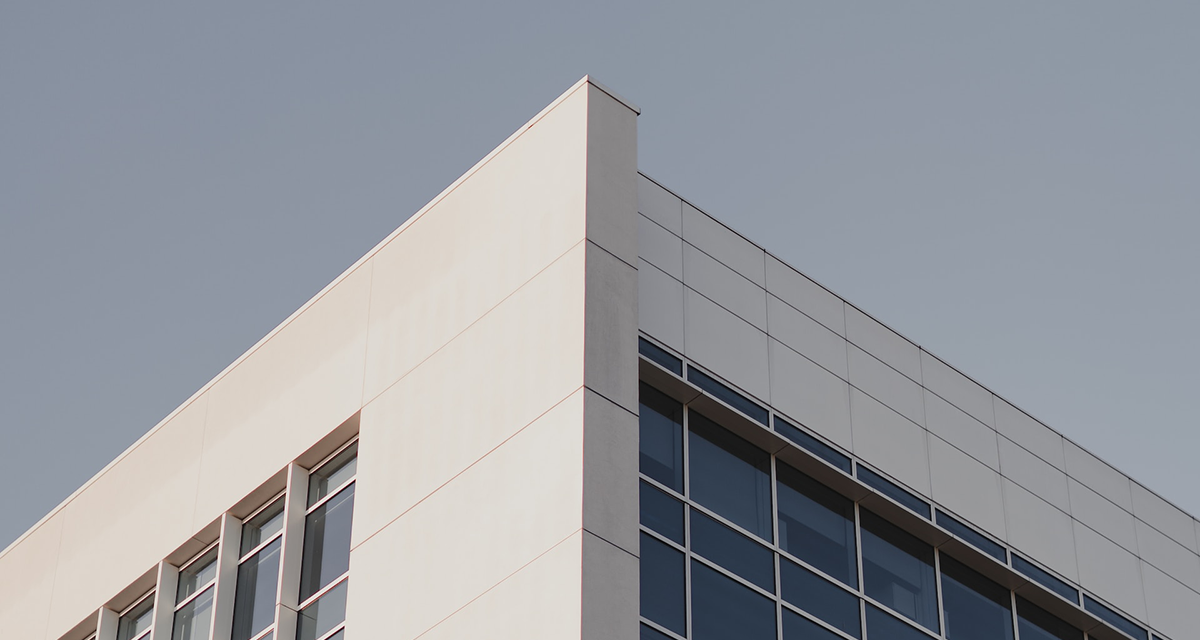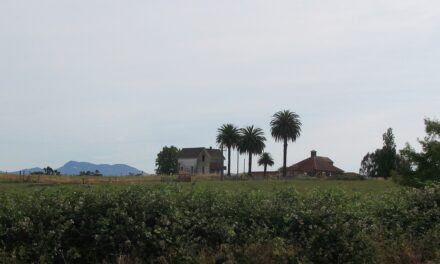Fullerton, nestled in Northern Orange County, California, boasts a vibrant history that mirrors the dynamic growth and transformation of the region.
From its early days as an agricultural community to its present status as a bustling city, Fullerton’s journey is a fascinating narrative of resilience and innovation.
The Early Days: A Foundation Built on Agriculture
The late 19th century marked Fullerton’s emergence as an agricultural area.
Founded in 1887, it was named after George H. Fullerton, who established the land for the Atchison, Topeka, and Santa Fe Railway. Initially, citrus crops, particularly oranges, played a significant role in the area’s economy, attracting settlers and contributing to early growth.
20th Century Transformation: Education and Industry
As Fullerton stepped into the 20th century, it witnessed a shift from an agricultural base to a more diversified economy.
The establishment of several educational institutions, including Fullerton Junior College in 1913 and California State University, Fullerton in 1957, marked the city’s commitment to education. The post-World War II era also saw an industrial boom, with numerous manufacturing and aerospace industries setting up operations in Fullerton.
Cultural and Artistic Flourishing
Fullerton has been a hub for cultural and artistic activities throughout its history.
The city’s downtown area, particularly along Harbor Boulevard and Commonwealth Avenue, became known for its vibrant music scene, unique architecture, and thriving shops and restaurants. The Muckenthaler Cultural Center, established in the 1920s, remains a testament to Fullerton’s dedication to the arts and culture.
Modern Fullerton: Balancing Growth and Heritage
Fullerton is a modern city that balances growth with preserving its rich heritage.
It is known for its diverse community, excellent educational institutions, and strong economy. Efforts to maintain historical landmarks alongside new developments exemplify the city’s respect for its past and optimism for its future.
Q&A: Exploring Fullerton’s Historic Landscape
Q: What was the primary factor that led to Fullerton’s early growth?
A: Fullerton’s initial growth spurt was primarily due to its booming citrus industry, particularly oranges, which played a crucial part in the city’s economy in the late 19th and early 20th centuries.
Q: How did World War II impact Fullerton’s development?
A: World War II ushered in an era of industrial growth for Fullerton, with the emergence of several manufacturing and aerospace industries in the area, diversifying its economic base.
Q: What role do educational institutions play in Fullerton’s community?
A: Educational institutions, notably Fullerton College and California State University, Fullerton, have been central to the city’s identity, contributing significantly to its cultural and economic landscape.
Q: How has Fullerton maintained its historical sites amidst urban development?
A: Fullerton actively preserves its historical sites through dedicated preservation efforts, balancing the need for modern development with respect for its rich history.
Q: What makes Fullerton’s cultural scene unique?
A: Fullerton’s cultural scene is distinguished by its vibrant music heritage, diverse artistic expressions, and historic venues like the Muckenthaler Cultural Center, enriching its cultural identity.
Q: In what ways has Fullerton evolved in recent years?
A: In recent years, Fullerton has evolved into a more diversified economy with a focus on technology, education, and service industries while still maintaining a solid connection to its historical roots.
Fullerton’s Ongoing Saga
Fullerton’s history is a compelling narrative of growth, diversity, and the seamless weaving of past and present.
As the city continues to evolve, it remains a vivid example of how community, heritage, and forward-thinking coexist harmoniously.
The city’s journey from a humble agricultural community to a modern, thriving city is a testament to the enduring spirit of Fullerton and its people.





